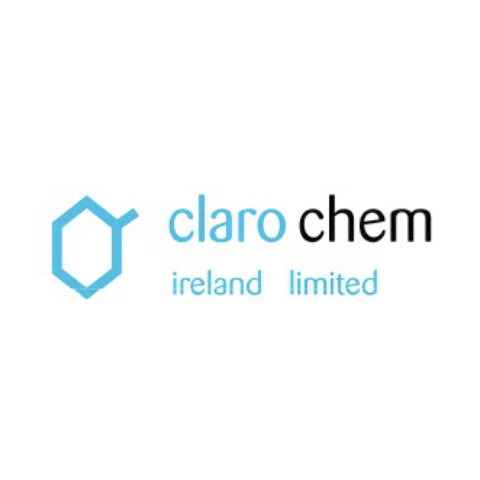The Challenge
Almost 3,000 cases of vaping-related lung illness have been reported in the US, with 68 confirmed deaths in 29 states. The US Centers for Disease Control and Prevention have found the vitamin E acetate was strongly linked to the outbreak. However, some patient lung biopsies showed signs of chemical burns that vitamin E acetate alone would not be expected to cause.
In August 2019, the US Centers for Disease Control and Prevention reported an increasing number of lung injuries following the use of some vaping products, and vitamin E acetate was identified as one possible cause. Though some patient lung biopsies showed signs of chemical burns that vitamin E acetate alone would not be expected to cause.
Vitamin E acetate, primarily found in illegally made THC-based vape liquids, is considered non-toxic in vitamin supplements and skin creams. This research from Royal College of Surgeons Ireland (RCSI) has now shown that heating up vitamin E acetate through vaping can produce ketene, a highly toxic gas.
Ketene is a colourless gas with a penetrating odour. When inhaled, it can cause serious damage to the lungs up to 24 hours after exposure. It is lethal at high concentrations, and at lower concentrations it can irritate the eyes and lungs and impair the central nervous system
The Solution
Prof. Donal O’Shea and Dr Dan Wu at RCSI led a study, which found that heating vitamin E acetate through vaping could produce ketene, a highly toxic gas. Additionally, the pyrolysis of vitamin E acetate also produces carcinogen alkenes and benzene for which the negative long-term medical effects are well recognized.
This work, published in the spring of 2020 has received considerable media attention and has considerable potential to lead to enhanced public health and wellbeing impacts through educational programmes, engaging with policy makers on health and safety regulations around vaping products and giving rise to further research studies examining components of vape mixtures.
As temperatures reached in vaping devices can be equivalent to a laboratory pyrolysis apparatus, the potential for unexpected chemistries to take place on individual components within a vape mixture is high. This work only published in the spring of 2020 has received considerable media attention and has considerable potential to lead to enhanced public health and wellbeing impacts through educational programmes, engaging with policy makers on health and safety regulations around vaping products and giving rise to further research studies examining components of vape mixtures.
The Impact
The team set out to determine the vaping effect on a single pure substance at chemistry molecular level. Determining the exact relevance of these results to the direct cause of lung injury requires further studies due to the diversity in vaping devices, mixtures and their modes of uses. SSPC research has led to significant impact in the area of health and well-being, however this work takes considerable time to deliver impact in this space due to the distance from the patient. This research greatly improves our understanding of the risks associated with inhaling illicit vaping products.
Publication: Dan Wu, and Donal F. O’Shea. Potential for release of pulmonary toxic ketene from vaping pyrolysis of vitamin E acetate. PNAS, 2020 Mar 24;117(12):6349-6355.
RCSI MyHealth Series: Vaping : What does the science tell us:
















